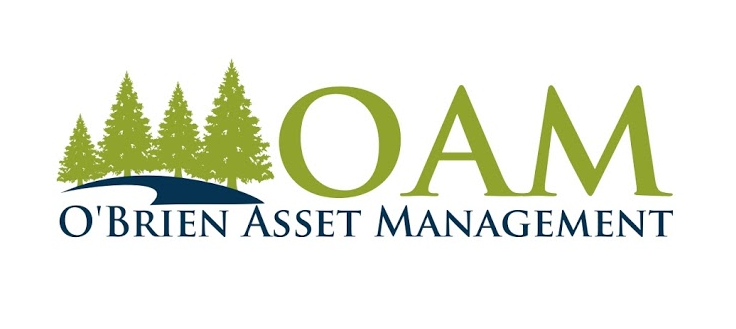When three major banks fall in the span of a week, including the 16th largest by assets in the country, it certainly makes you sit up and take notice.
Thankfully, the Treasury, Federal Reserve, and Federal Deposit Insurance Corporation (FDIC) did as well, and together they implemented major policy changes intended to stabilize the banking system in response to these failures and the risk of continued deposit outflows.
We don't know how this will shake out going forward, but we do know that it is not the banking crisis of 2008. Back then, bank balance sheets were full of toxic worthless securities that would never regain their previous valuation. Because of regulatory changes made under the Dodd Frank Act in response to that crisis, banks hold much higher-quality paper, primarily government and mortgage-backed bonds. These bonds have gone down in value because of the rapid rise in interest rates, but they will all mature at 100 cents on the dollar.
So what happened?
Silicon Valley Bank’s failure boils down to a simple misstep: It grew too fast using borrowed short-term money from depositors who could ask to be repaid at any time, and invested it in long-term assets that it was unable, or unwilling, to sell. When interest rates rose quickly, it was saddled with losses that ultimately forced it to try to raise fresh capital, spooking depositors who yanked their funds in two days. (For those wanting more detail, this is the best I've read.)
There are certainly other banks out there with similar unrealized losses on their balance sheets. And the problem is global in scope due to central banks around the world suppressing rates for so long. It was just this past September when the UK's Central Bank had to bail out its pension system for a similar reason.
One of the biggest surprises for me is how quickly journalists and analysts have been able to reconstruct what went wrong. Where were the regulators while this was happening? The Dodd Frank act added hundreds of thousands of pages of regulations, and an army of hundreds of regulators. The Fed enacts "stress tests" in case regular regulation fails. Seems like gross negligence on its part. Let's hope that now that these issues are front and center, it will be contained to just these banks.
Should clients be worried about their accounts at OAM? Absolutely not. Accounts at our custodian, Shareholders Service Group (SSG), are covered by SIPC (Securities Investor Protection Corporation) insurance, which is similar to the FDIC insurance that protects bank account holders. While there are limits to its coverage, SSG has purchased additional insurance through Lloyd’s of London that provides excess account protection for held assets up to an aggregate limit of $1 billion, of which $1.9 million may cover cash awaiting reinvestment at the individual account level. This excess account protection is the highest level of coverage available in the industry today.
Additionally, SSG's only role is to provide custody services for independent fiduciary Registered Investment Advisors. It doesn't invest or take positions in any securities. It simply safeguards client assets.
Lastly, it would be rare for clients to have any kind of significant cash balance. While we often refer to money market funds, CDs, or treasury bills as "cash" when discussing allocations, all of those are securities, which would always remain protected safely in their accounts.
